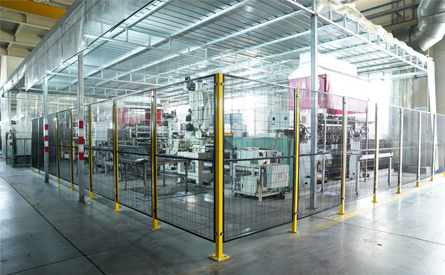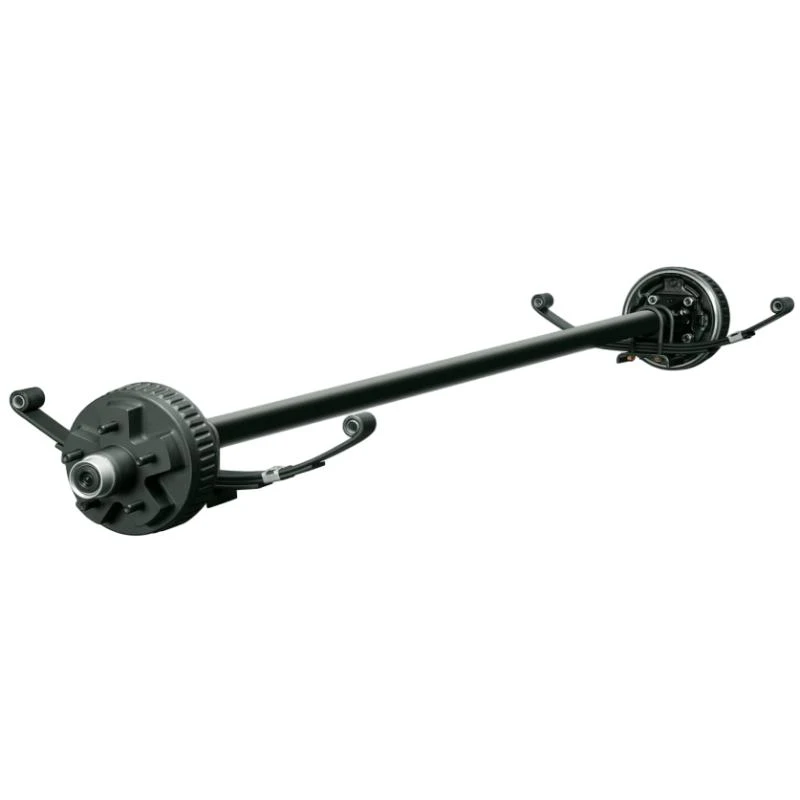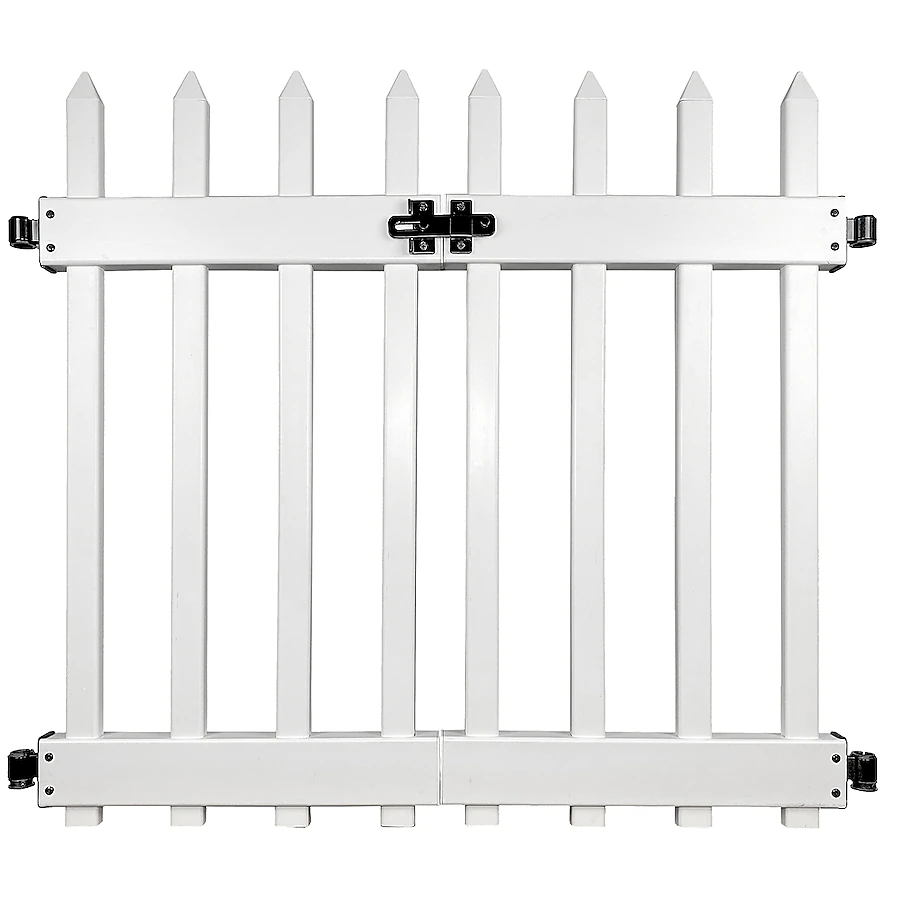Importing Automotive Components and Accessories for Enhanced Vehicle Performance
Nov . 06, 2024 00:26
Importing Car Parts A Guide to Enhancing Your Vehicle's Performance
In today's globalized world, the automotive industry has seen significant growth in demand for high-quality car parts. Importing car parts has become a viable option for many car enthusiasts and repair shops looking to enhance vehicle performance, update older models, or simply find better prices. This article explores the benefits, considerations, and processes involved in importing car parts.
Benefits of Importing Car Parts
1. Quality and Variety One of the primary advantages of importing car parts is access to a wider range of products. Many countries specialize in automotive manufacturing, offering parts that may not be available domestically. For instance, Japanese car parts are renowned for their quality and performance. By importing, you can tap into this wealth of options, ensuring you get the best components for your vehicle.
2. Cost-Effectiveness While there may be extra costs associated with importing, such as shipping and customs duties, many find that overall expenses can be lower compared to purchasing locally. This is especially true for rare or specific parts that may come with a high markup from local suppliers. By sourcing parts directly from manufacturers or foreign suppliers, buyers can often save a significant amount of money.
3. Performance Upgrades Many import car enthusiasts seek specialized parts that enhance performance. High-performance brakes, exhaust systems, and engine components, often found overseas, can drastically improve a vehicle's capabilities. Importing allows buyers to customize and upgrade their vehicles in ways that might not be possible with local options.
4. Access to OEM Parts Original Equipment Manufacturer (OEM) parts are essential for maintaining the integrity and performance of a vehicle. Importing OEM parts can ensure compatibility and uphold the quality standards of your vehicle's manufacturer, especially for older models that are no longer supported by local dealerships.
Considerations When Importing Car Parts
While the benefits of importing car parts are many, there are important considerations to keep in mind
.1. Regulatory Compliance Different countries have varying regulations regarding automotive imports. Before purchasing, it's crucial to understand local laws and customs duties that may apply. Some parts may require specific certifications to be legally imported and used on vehicles. Familiarizing yourself with these regulations can save you from unnecessary headaches later on.
2. Shipping Logistics The shipping process can be intricate and time-consuming. Researching freight services to ensure timely and safe delivery is essential. Consider potential delays, especially if you're on a tight schedule for repairs. Furthermore, understanding the packaging and handling requirements can prevent damage during transit.
import car parts

3. Compatibility Issues Before making any purchases, ensure that the parts you are considering are compatible with your vehicle's make and model. Generic parts or those meant for different vehicles may not fit correctly, leading to wasted time and money. Always check specifications and consult experts if needed.
4. Warranty and Returns Warranty policies and the ability to return parts can vary widely from suppliers. When importing, understand the return policies and warranty terms associated with the parts. In the event that a part is defective or does not fit, having a clear policy will save you from potential losses.
The Process of Importing Car Parts
To successfully import car parts, follow these steps
1. Research Suppliers Start by identifying reliable suppliers or manufacturers. Online marketplaces, forums, and trade shows can offer insights into quality options.
2. Verify Part Specifications Confirm that the parts meet your vehicle’s specifications. Cross-referencing part numbers can help ensure compatibility.
3. Understand Customs Procedures Familiarize yourself with customs forms and duties. It may be beneficial to work with a customs broker for a smoother process.
4. Place Your Order Once everything checks out, you can place your order, making sure to choose a reputable shipping option.
5. Receive and Inspect Parts Upon receiving your parts, inspect them for any damage or discrepancies before installation.
In conclusion, importing car parts presents an excellent opportunity for automotive enthusiasts and repair professionals alike to improve vehicle performance and save costs. By understanding the benefits and challenges associated with this process, you can make informed decisions that ultimately enhance your driving experience.




















